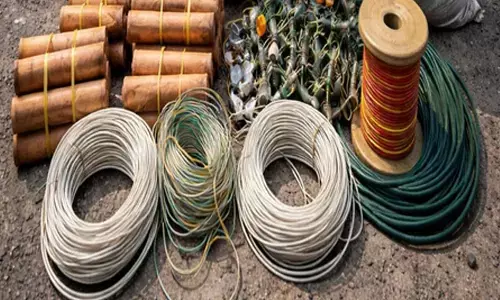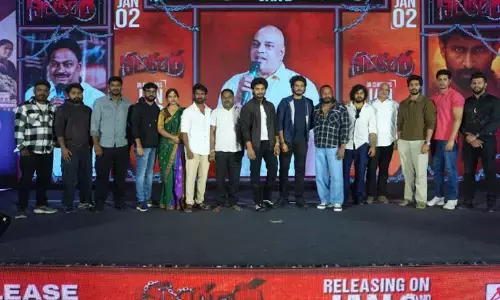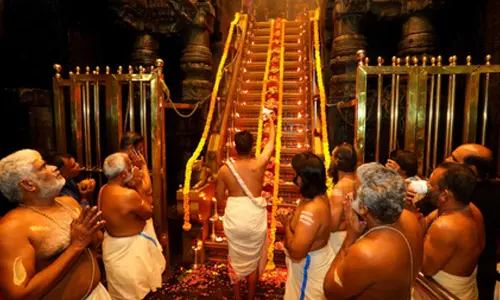Modi wave or anti-Cong tsunami?

Modi wave or anti-Cong tsunami?, Narendra Modi wave, Lok Sabha polls. In that election, almost the entire opposition top brass—including Atal Behari Vajpayee and HN Bahuguna—lost in their backyards.
Jaipur: Every election begins with just question: Who will win it? But 2014 is like a thriller we are reading backwards. The end has been revealed at the beginning by opinion polls and poll pundits. Most of us know how the drama would unfold in May 2014. Still, we have not lost interest in the narrative. Though the BJP looks set to emerge the single-largest party, many other equally powerful and engrossing subplots are vying for attention. Here is a look at the top two questions that we want answered on 16 May. Is there a Narendra Modi wave?
Opinion polls suggest the BJP will win 195-220 seats in the Lok Sabha polls. If winning 200 seats is the sign of a wave, can it be argued retrospectively that there was a Manmohan Singh tsunami in 2009? Just five years ago, the Congress tally had crossed 200 even without the prime minister bothering to contest the polls.
If all that the BJP achieves after so much noise, fury and Varanasi is a tally identical to the UPA’s, the very existence of a Narendra Modi wave would be questioned.
The last time India witnessed a wave was in 1984 when Indira Gandhi’s assassination helped Rajiv Gandhi win more than 400 seats.
In that election, almost the entire opposition top brass—including Atal Behari Vajpayee and HN Bahuguna—lost in their backyards.
So, what will be the empirical evidence of a Modi wave in 2014? Sonia and Rahul Gandhi losing in Uttar Pradesh? Mulayam Singh biting the dust in his own akhara? Arvind Kejriwal’s AAP getting trounced in Delhi? Will Modi fans forgive him for taking them for a ride atop a wave that crashed well short of the promised shore of a simple majority?
Is the BJP just one of the beneficiaries of the anti-UPA tsunami?
The Congress looks set to lose at least half of the 206 seats it won in 2009. Some opinion polls suggest the damage could be more. But the Congress’ loss isn’t just Modi’s gain. The BJP is winning just 50 to 60 percent of the nearly 100 seats the Congress appears to be losing. Other parties too are getting sizable bites of the Congress carcass. Consider Delhi for instance. Here the AAP is predicted to win most of the seats the Congress will lose. The same story is getting replicated in Andhra Pradesh, where the regional parties are bagging seats falling out off the Congress trolley. In Bihar, the Congress-RLD combine is likely to gain at the cost of the divided Parivar of 2009.
Can it then be presumed that people are just voting for the best possible option against the Congress and the BJP is just one of the recipients of this war bounty? Rajasthan, Gujarat, Madhya Pradesh, Chhattisgarh, Delhi and, to an extent Karnataka, are among the major states where the fight is traditionally between the Congress and the BJP.
The BJP’s big gains are predicted to come from these states, with the exception of the NCR. But there is no real surprise here because these states generally swing one way or the other in the absence of a third force. The real litmus test of the BJP’s appeal would perhaps be in a state like UP where it has an opportunity to prove that can attract non-Congress, non-BJP voters. Between them, the Congress and the BJP won 31 seats in 2009. If these 31 seats get divided again between the BJP and the Congress, it wouldn’t mean anything more than one national party gaining at the cost of the other. Only if the BJP goes beyond 40 in UP and stops UPA from gaining in Bihar would it be conclusively established that Modi’s campaign won over converts from every political faith.















